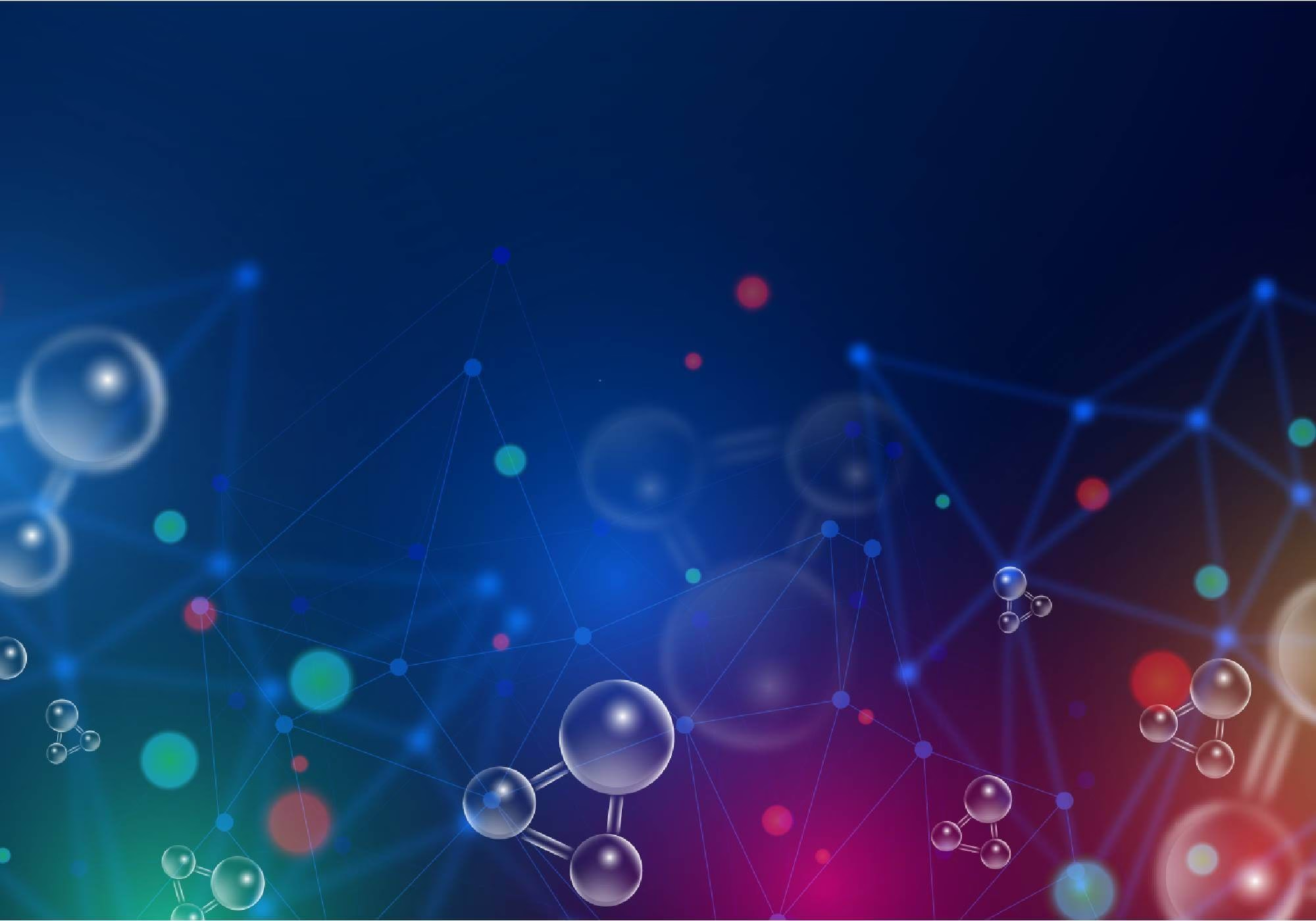Coastal ecosystems are much more than lovely places to visit. They are essential buffers that keep our communities safe during the rising tides of climate change. There are sandy beaches and mangrove forests. These places play an important role in moderating the effects of extreme weather conditions. They also provide economic support and promote biodiversity. In the future, we will face more frequent and intense storms. Sea levels will rise more, which could pose climate-related challenges. Our climate resilience must grow to deal with these challenges. It is extremely important to understand how these ecosystems help in that regard. The coastal ecosystems do not just serve as the magnet for pelagic fish stocks; they protect us too. In this post, we will look at what they do and why we need their urgent attention. What is Practical Action Doing? Coastal habitats play are very important in our environment. These places are called estuaries, wetlands, marshes, coral reefs, and seagrass forests, as well as tidal lagoons, and barrier islands. The coastal areas are protected from storm damage. These habitats support fisheries, that are absolutely essential to the economy. They filter the toxins to improve water quality. They also provide the homes for diverse wildlife. The USGS provides valuable scientific data and tools for managing coastal and wildlife areas. This includes protected areas, national parks, estuaries research reserves, and wildlife refuges. Coastal habitats connect land and sea, and their health depends on both land conditions and ocean conditions. USGS scientists combine their expertise in order to better understand these ecosystems. They study hydrology, geology, and chemistry and apply computer models. This research helps policymakers and resource managers make good decisions. It helps them protect natural resources and ensure proper regulation. The Importance of Coastal Ecosystems The coastal ecosystems are essential to the health of our planet, as well as for our economy. The species include estuaries, wetlands, marshes, coral reefs, seagrass forests, tidal lagoons, and barrier islands. They don’t just give height to beautiful scenery, species in these ecosystems are also crucial to climate resilience. These ecosystems are important. It is imperative for the survival of coastal communities, wildlife, and the planet. Biodiversity in Coastal Ecosystems Coastal ecosystems are rich in biodiversity, supporting many species of plants and animals. These habitats range from lush mangrove forests to vibrant coral reefs. They provide shelter, food, and breeding grounds for many marine and terrestrial organisms. These ecosystems are the home to a wide variety of species that play a major role in maintaining ecosystem healthy. Mangroves provide important habitats for fish, crustaceans, and birds. Seagrass meadows provide safe nurseries for young fish and shellfish. These underwater plants help small marine animals grow and thrive. Healthy coastal ecosystems support marine life. This marine life is vital for maintaining a balanced food web. This balanced food web supports the larger marine environment. But coastal biodiversity is under threat. These habitats are being significantly damaged by climate change, pollution and overfishing. When these ecosystems are disrupted, the species depend on them are at greater risk of extinction. So preserving coastal biodiversity is important for keeping healthy ecosystems that can withstand climate change. Dr. Jane Smith, a climate scientist specializing in coastal ecosystems, says, “The loss of coastal ecosystems will not only result in the loss of marine biodiversity. It will also harm the millions of people rely on these resources for their daily income and survival.” This quote illustrates the importance of coastal biodiversity in maintaining climate resilience and economic stability. The Impact of Climate Change on Coastal Ecosystems Climate change deeply affects coastal ecosystems. It harms marine life, erodes shorelines, and disrupts habitats. These changes threaten the coastal communities too. Therefore, we must take action to protect these important areas. Rising sea levels impact these important habitats. Water temperatures keep increasing, which also impacts them. More frequent and intense storms are taking their toll as well. Climate change is combining with the pressure of a changing coastline in order to place coastal ecosystems beyond their limits. If this is not done, these ecosystems could become unable to protect communities, support biodiversity, and provide valuable services. Future Steps for Sustainable Management We must now act to protect coastal ecosystems and ensure they will continue to be valuable for climate resilience. This includes: Taking these steps will help us keep coastal ecosystems as a powerful force that can save communities from climate change. Your Coastal Ecosystem Queries Q1: What is the importance of mangroves in coastal ecology?Mangroves are important to coastal ecology. Shorelines are protected from erosion by them. They serve as habitats for wide varieties of marine species. Mangroves are also natural water filters. They are also carbon sinks that help prevent climate change by sequestering large quantities of carbon dioxide. Q2: How do coastal ecosystems contribute to biodiversity?There is a wealth of plant, animal, and marine life that lives in coastal ecosystems. Breeding, feeding, and nursery grounds for fisheries produce and birds constitute a support of ecological balance. Q3: Why are coastal ecosystems important for humans?But coastal ecosystems are critical resources for millions for food and livelihoods. But they act as buffers to prevent storms from reaching communities. They also protect us from rising sea levels. Additionally, they are great natural filters that improve water quality. Q4: What threats do coastal ecosystems face?Human activities, including most notably overfishing, coastal development, pollution, and deforestation, threatens these ecosystems. In addition to these challenges, climate change impacts also influence them. These impacts include rising sea levels and higher temperatures. References
Photonic Crystals: Secrets of Enhanced Light Control & Performance
Light is all around us. It brightens our day and powers our modern world. However, what if we were able to control, bend, and shape it, instead, however we deemed fit? Doesn’t it sound like magic? That is no longer a science fiction dream. With photonic crystal technology, we can actually do it. It is these amazing materials that are revolutionizing the use of light, and the applications for them are incredible.So, let me show you a bit of the world of photonic crystals. I will demonstrate what they are and how do they work. Next, I’ll show you why they are so special. Finally, I will show you why they could be the future. What are Photonic Crystals? Let’s first understand what these materials are before going deeper. It is only a simple statement that photonic crystal technology are special structures that control the propagation of light through them. It is like they had tiny mirrors in the most precise arrangement. This pattern reflects, or bends, or blocks light, depending on the wavelength. The capacity to control light, however, makes photonic crystals unlike any other material we have encountered. Photonic crystal technologies are a concept born in the 1980s. Scientists found that some structures could control light as a semiconductor controls a current. The theory was early research, but breakthroughs in the perverse of nanotechnology made these structures possible. Photonic crystals are not a theory anymore, they are real, practical devices with unlimited possibility. Photonic crystals are not complicated to understand. Think of sound waves. When you scream in a canyon, then, the echo curves back as the sound waves bounce off the canyon walls. Photonic crystal works with the same way. Repeating patterns in these materials reflect the wavelengths of some light and let others pass. The photonic band gap is a key feature. Some frequencies are a no-go zone in this one. If you try to pass that light through the crystal at those frequencies, it’s reflected. What makes photonic crystal is so powerful is the control we have of light frequencies. The Magic of Controlling Light And what exactly can we do with photonic crystals? A lot! These materials can control light in ways it was not possible before. For example, they can slow down light or bend it backwards, producing phenomena, such as negative refraction. Light goes against expectations. It moves in the opposite direction instead. This opens the way to an incredible ramp of optical technologies. Super-resolution imaging is another fascinating application. Using the photonic crystals, we can make clear, sharp images beyond what is possible with conventional lenses. And that has massive implications for microscopy and medical imaging. Real-World Applications of Photonic Crystals You might be wondering how all of this applies to the real world. Let’s take a look at some of the most exciting uses: Upcoming Challenges Yet, photonic crystals are not without impediments. It is still very complex and expensive to manufacture these materials. But there’s still a long way to go before researchers discover cost-effective methods. Overcoming the major technical hurdles needed to integrate photonic crystals into existing technologies is also required. But progress has nonetheless continued. Gaining field experience in photonic crystals is challenging. Scientists around the world constantly find new ways to make them better and more practical. Will photonic crystal technology have a future? It is endless. And in the very near future, they may be thousands of times faster than the machines of today. Solar panels could power an entire city as easily. They could reach speeds that we could not imagine. But researchers are also finding applications for photonic crystals in quantum computing and other advanced fields. It’s a lot of possibilities. These technologies are improving continuously. We can start to think of how they can change our lives. This change begins with the simple things that we have not even come up with. Conclusion More than just a curiosity, photonic crystals are what today’s nanotechnology is all about. They represent a complete change in our relationship with light. The impact could be profound with faster internet and better medical devices. This is just the beginning. Nothing has battered the fantasy of the future, as photonic crystals open up avenues for research to continue. Who knows? Maybe someday we’ll wonder how we lived without them.
Click Chemistry: Applications and Innovations in Organic Synthesis
Creating complex molecules with accuracy and simplicity is now a reality. This exciting development comes from bioorthogonal chemistry, a vital part of click chemistry. This technique, made by famous Nobel Prize-winning chemist K. Barry Sharpless. This technology, involves the fast and reliable reactions. These reactions easily “click” together to form new compounds. Industries and researchers use click chemistry to speed up the progress in pharmaceuticals, material science, and biotechnology. Let’s see how this amazing tool is changing modern science. What is Click Chemistry? Click chemistry involve in quick, and reliable reactions with many of the desired products and a few by products. It is like bringing building blocks together. These reactions are simple, highly efficient, and can be utilized even in living systems. They also do not interfere with natural biological processes, as they are bioorthogonal. Some important features of click chemistry include: Traditional organic synthesis include many complicated steps and typically with low yield. Click chemistry changes this process by changing the process into simpler and more reliable steps. Now, Chemists can create complex molecules easily and with more precision. This saves time, reduces costs and improves results. Many industries benefit from this approach: This method also reduces waste, making it a greener, and more sustainable choice. Applications in Organic Synthesis 1. Pharmaceuticals Drug development is often a long, multistep process. This is sped up by click chemistry. It accelerates scientists in creating molecular libraries quickly and testing new drug candidates faster. Some success stories include: 2. Material Science Click chemistry is used by material scientists to create polymers with special properties. Because these materials are critical for electronics, coatings, and medical devices, there is a great need to understand, predict, and ultimately control the reaction paths and kinetics in order to improve the overall performance. Examples include: 3. Bioconjugation Bioconjugation involves linking synthetic compounds to biomolecules such as proteins or DNA. Click chemistry makes these connections fast and precise. It is useful in both diagnosis and treatment. Applications include: Recent Innovations and Future Trends Better Catalysts Catalysts for click reactions are always improving. The reactions get faster, and yield gets increased because of better catalysts. For instance, copper(I)-catalyzed azide-alkyne cycloaddition (CuAAC) is in many ways one of the most famous click reactions. Researchers are now trying to develop new catalysts before using heavy metals. That’s safer and more environmentally friendly. Green Chemistry Modern science prioritizes the goal of sustainability. Click chemistry aligns perfectly with the green chemistry’s core principles. This approach is simple, efficient, and eco-friendly, ensuring safer chemical processes. Water, or other safe solvents, is used in most reactions, which produces no harmful waste. Future improvements are aimed at making these processes even more eco-friendly. Biomedical Breakthroughs Biotechnology heavily depends on click chemistry. This technique also makes it easier to generate artificial proteins and manipulate DNA. These advances are one step towards personalized medicine, in which a person’s genetic profile is used to optimize treatments. They are also learning about its use for tissue engineering and regenerative medicine. The Impact of Modern Science Click chemistry is stimulating how scientists build and think about complex molecules. It is as simple and efficient as an essential tool in many fields between pharmaceuticals and material sciences. As research continues, though, things will get even more amazing. Nobel laureate K. Barry Sharpless once said, “Click chemistry will not only change the way we do chemistry, but also the way we think about chemical synthesis.” This powerful approach promises to shape the future of science in a way we are only beginning to imagine.
How the Cytoskeleton Shapes Synthetic Biology: Functions and Applications
The cytoskeleton is often considered a structural framework of the cells. It plays an essential role in creating the future of synthetic biology. This complex network of protein filaments offers exciting possibilities for the engineering of synthetic biological systems by influencing cellular mechanics. Today, we will explain the functions of the cytoskeleton. We will also discuss its contribution to the innovation of synthetic biology. Its impact extends beyond the cell shape and movements. What is the Cytoskeleton? Cytoskeleton is a dynamic network of protein filaments that resides inside all eukaryotic cells. It is an act of scaffolding and providing structure, allowing movement, and creating intracellular transport. Three main components form this remarkable system: Component Description Key Function Microtubules Hollow tubes made of tubulin proteins. Cell shape, division, and transport. Actin Filaments Thin, flexible fibers composed of actin proteins. Cell movement and mechanical strength. Intermediate Filaments Stable, rope-like structures made of diverse proteins. Structural support and stress resistance. These components coordinate to maintain cellular balance and adaptability. Cytoskeleton’s Functions in Cellular Mechanics At the heart of cell mechanics is the cytoskeleton. Its function goes far beyond maintaining shape; it controls movement, division, and organization within the cell. Cytoskeleton’s Role in Synthetic Biology Synthetic biology focuses on creating new uses for natural biological systems by redesigning them. The cytoskeleton, with its complex structure and versatility, has become a key player in this field. Applications in Synthetic Cell Design To recreate cytoskeletal function, researchers make synthetic cells that mimic their natural counterparts. For instance, if actin filaments serve as an example, they are engineered to physically represent cellular movement in synthetic cell systems, for instance, to enable today reachable targeted drug delivery. Improving Drug Delivery Systems Relentlessly, cytoskeletal engineering has been improving nanoparticle-based drug delivery. With this in mind, the ability to use cytoskeletal components to coordinate more directed movement to therapeutic agents within the body can decrease side effects and increase efficacy. Cytoskeletal Engineering Although cytoskeleton has so much potential, manipulating it for synthetic purposes is no small feat. One challenge is to mimic its dynamic behavior in artificial systems. Innovations Addressing Challenges Future Possibilities with Cytoskeletons But ultimately, we’re betting on synthetic biology’s future. Its success rests on how well we can exploit the cytoskeleton’s potential. The rapid improvements in the engineering of the cytoskeleton could result in breakthrough work in regenerative medicine. Artificial cells could then be used to repair damaged tissues. Predicted Breakthroughs The cytoskeleton is nature’s blueprint for balance and innovation. Studying it not only deepens our understanding of life, but also fuels unprecedented advances in synthetic biology. Conclusion The nature’s systems inspire engineering marvels, described by the role of the cytoskeleton in synthetic biology. It has the potential to be an enabler of revolutionary advances connecting cell mechanics to synthetic applications. The cytoskeleton is a cornerstone of innovation, both in drug delivery and the construction of artificial tissue.




